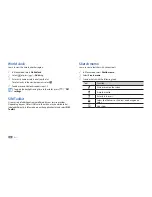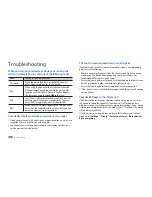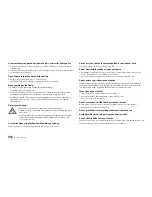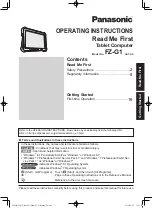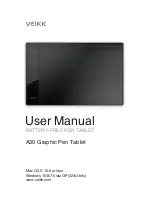
Safety precautions
84
Do not use your device near a pacemaker
Avoid using your device within a 15 cm range of a pacemaker if possible, as your device can
•
interfere with the pacemaker.
If you must use your device, keep at least 15 cm away from the pacemaker.
•
To minimize the possible interference with a pacemaker, use your device on the opposite
•
side of your body from the pacemaker.
Do not use your device in a hospital or near medical equipment that can be
interfered with by radio frequency
If you personally use any medical equipment, contact the manufacturer of the equipment to
ensure the safety of your equipment from radio frequency.
If you are using a hearing aid, contact the manufacturer for information
about radio interference
Some hearing aids may be interfered with by the radio frequency of your device. Contact the
manufacturer to ensure the safety of your hearing aid.
Turn off the device in potentially explosive environments
Always comply with regulations, instructions and signs in potentially explosive
•
environments.
Do not use your device at refueling points (service stations), near fuels or chemicals, and at
•
blasting areas.
Do not store or carry flammable liquids, gases, or explosive materials in the same
•
compartment as the device, its parts, or accessories.
Turn off your device when in an aircraft
Using your device in an aircraft is illegal. Your device may interfere with the electronic
navigation instruments of the aircraft.
Electronic devices in a motor vehicle may malfunction due to the radio
frequency of your device
Electronic devices in your car may malfunction due to radio frequency of your device. Contact
the manufacturer for more information.
Comply with all safety warnings and regulations regarding
mobile device usage while operating a vehicle
While driving, safely operating the vehicle is your first responsibility. Never use your mobile
device while driving, if it is prohibited by law. For your safety and the safety of others, practice
good common sense and remember the following tips:
Use a hands-free device.
•
Get to know your device and its convenience features, such as speed dial and redial. These
•
features help you reduce the time needed to place or receive calls on your mobile device.
Position your device within easy reach. Be able to access your wireless device without
•
removing your eyes from the road. If you receive an incoming call at an inconvenient time,
let your voice mail answer it for you.
Let the person you are speaking with know you are driving. Suspend calls in heavy traffic or
•
hazardous weather conditions. Rain, sleet, snow, ice, and heavy traffic can be hazardous.
Do not take notes or look up phone numbers. Jotting down a “to do” list or flipping through
•
your address book takes attention away from your primary responsibility of driving safely.
Dial sensibly and assess the traffic. Place calls when you are not moving or before pulling
•
into traffic. Try to plan calls when your car will be stationary. If you need to make a call, dial
only a few numbers, check the road and your mirrors, then continue.
Do not engage in stressful or emotional conversations that may be distracting. Make
•
people you are talking with aware you are driving and suspend conversations that have the
potential to divert your attention from the road.
Use your device to call for help. Dial a local emergency number in the case of fire, traffic
•
accident, or medical emergencies.
Содержание Galaxy GT-P1000L
Страница 2: ...GT P1000L usermanual ...

